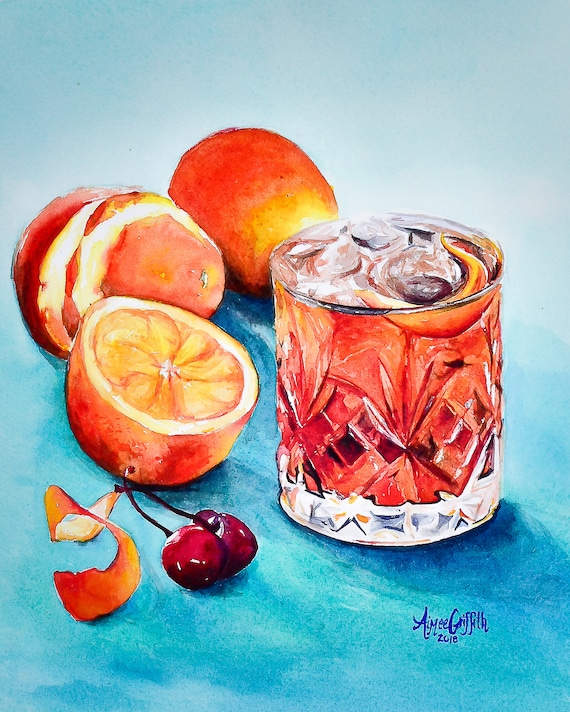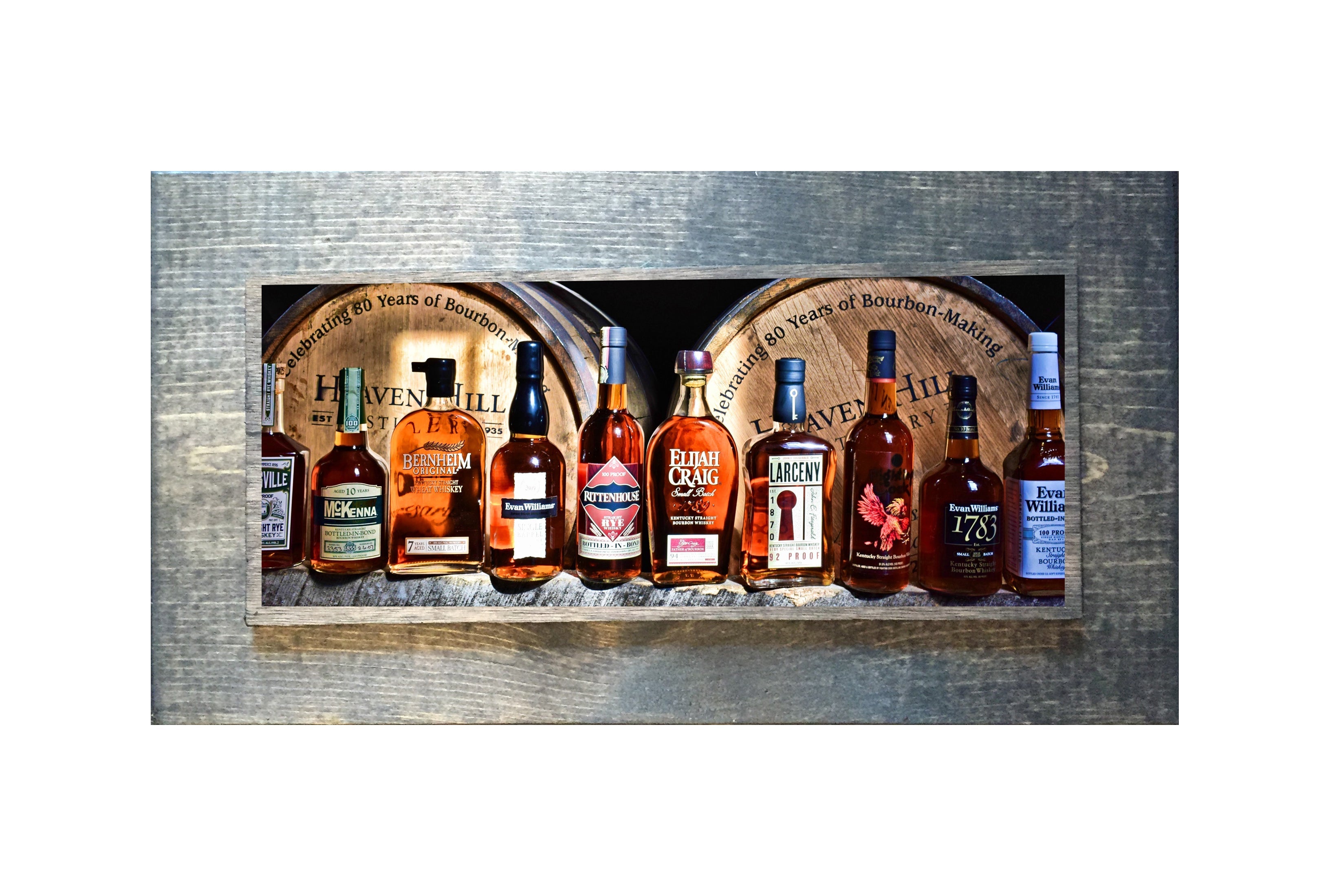Revealing the Beauty of Bourbon Art: A Tribute to Craft Distillers
Revealing the Beauty of Bourbon Art: A Tribute to Craft Distillers
Blog Article
The Significance of Whiskey Art in Celebrating Heritage and Workmanship in the Beverage Sector
The intricate connection between whiskey art and the celebration of heritage and workmanship within the drink industry can not be overstated. Via thoughtfully developed labels and containers, bourbon brand names envelop their historical origins and the artisanal skills that specify their production approaches.
The Historical Origins of Whiskey
At the heart of scotch's allure lies an abundant tapestry of historical origins that trace back to old worlds. The origins of scotch can be linked to the purification practices of the Sumerians and Babylonians around 2000 BCE, where early kinds of fermented grain beverages started to emerge. Nonetheless, it was in the Middle Ages that the art of distillation evolved substantially, particularly in Ireland and Scotland, causing the creation of bourbon as we recognize it today.
The term "whiskey" itself stems from the Gaelic word "uisce beatha," suggesting "water of life." This phrase highlights the social significance of scotch in Celtic cultures, where it was often connected with routines, parties, and communal bonding. By the 15th century, distillation ended up being an identified craft within reclusive communities, leading the way for the establishment of legal distilleries.
As profession courses increased, whiskey's popularity grew, transcending regional limits and catching the passion of aficionados worldwide. Bourbon Art. This historical journey reflects not only the craftsmanship behind bourbon manufacturing yet additionally its integral role in social and cultural contexts, marking it as a significant beverage throughout background
Artistic Expression in Branding
Bourbon branding stands as an engaging crossway of creativity and business, where visual identity plays an important role in shaping consumer perception. The looks of scotch tags, packaging, and advertising materials reflect not just the brand's story however likewise its core worths and heritage. Via imaginative expression, distilleries convey a narrative that resonates with consumers, evoking emotions and sparking connections.
Using shade, typography, and images in branding serves to separate products in a saturated market. For instance, traditional concepts might evoke a sense of credibility and craftsmanship, while modern-day layouts can symbolize innovation and forward-thinking. This tactical creative instructions enhances brand acknowledgment and commitment, permitting customers to build an individual connection with the scotch they pick.
In addition, imaginative expression in branding often works as a celebration of regional heritage. Distilleries often integrate regional icons or historic references into their designs, producing a sense of area that welcomes customers to engage in a wider cultural experience. Eventually, the creativity behind scotch branding not only improves visual appeal yet likewise improves the overall story of the brand, fostering a much deeper gratitude for the craftsmanship and heritage embedded in each bottle.
Craftsmanship in Container Design
The virtuosity apparent in scotch branding expands past visual identification to incorporate the workmanship entailed in container style. Each container functions as a vessel not just for the spirit within, yet additionally for the tale it tells about its tradition, top quality, and beginning. The style process requires careful interest to detail, as elements such as closure, product, and shape add considerably to the total understanding of the bourbon.
Craftsmanship in bottle style entails selecting premium glass that can boost the bourbon's color and clarity, while also supplying a responsive experience for the consumer. The silhouette of the container should be both aesthetically enticing and practical, frequently mirroring the heritage of the brand. Numerous distilleries select distinct forms or printed logo designs that evoke a sense of authenticity and background.
Additionally, the tag layout and typography play an important duty in connecting the brand name's story. Bourbon Art. A well-crafted container not just mesmerizes the customer's eye yet also strengthens the brand name's dedication to high quality and custom. By doing this, the craftsmanship of bottle style ends up being a crucial aspect of the scotch experience, combining artistry with a profound respect for heritage
Social Importance of Scotch Art
Commemorating custom and workmanship, the cultural relevance of bourbon art transcends simple aesthetic appeals, linking with the social and historic stories of the regions from which it stems. Each container acts as a canvas, illustrating the distinct stories, mythology, look at this now and practices that have formed neighborhood whiskey-making techniques. The complex designs frequently show the heritage of the distillers, including icons and concepts that resonate with the society and worths of their areas.

In addition, scotch art plays an essential role in common gatherings and celebrations, acting as a substantial web link in between individuals and their shared experiences. By appreciating the virtuosity in scotch product packaging, consumers grow a much deeper understanding and respect for the craft, inevitably enriching their pleasure of the drink itself.
Modern Trends in Whiskey Discussion
Over the last few years, the presentation of scotch has actually evolved to show modern tastes and patterns while still recognizing traditional craftsmanship - Realism Art. Distilleries are increasingly focusing on visual elements that improve the total drinking experience, bridging the space in between heritage and modernity
Cutting-edge bottle designs have arised, often incorporating lasting products and imaginative tags that inform compelling stories. Numerous brand names currently team up with neighborhood artists, infusing their items with one-of-a-kind aesthetic expressions that resonate with consumers. Additionally, limited-edition releases are typically packaged in collectible containers, including worth and allure for aficionados.

Final Thought
In verdict, bourbon art offers as an these details essential avenue for sharing the heritage and craftsmanship fundamental in the beverage industry. Through intricate branding, innovative container layouts, and culturally substantial imaginative aspects, scotch brands efficiently honor their practices and connect with customers.


Workmanship in bottle design involves picking high-grade glass that can boost the scotch's color and clarity, while additionally supplying a tactile experience for the consumer. In this means, the workmanship of bottle design ends up being a vital facet of the scotch experience, combining creativity with an extensive respect for heritage.
In final thought, bourbon art serves as a crucial avenue for sharing the heritage and craftsmanship intrinsic in the beverage industry.
Report this page